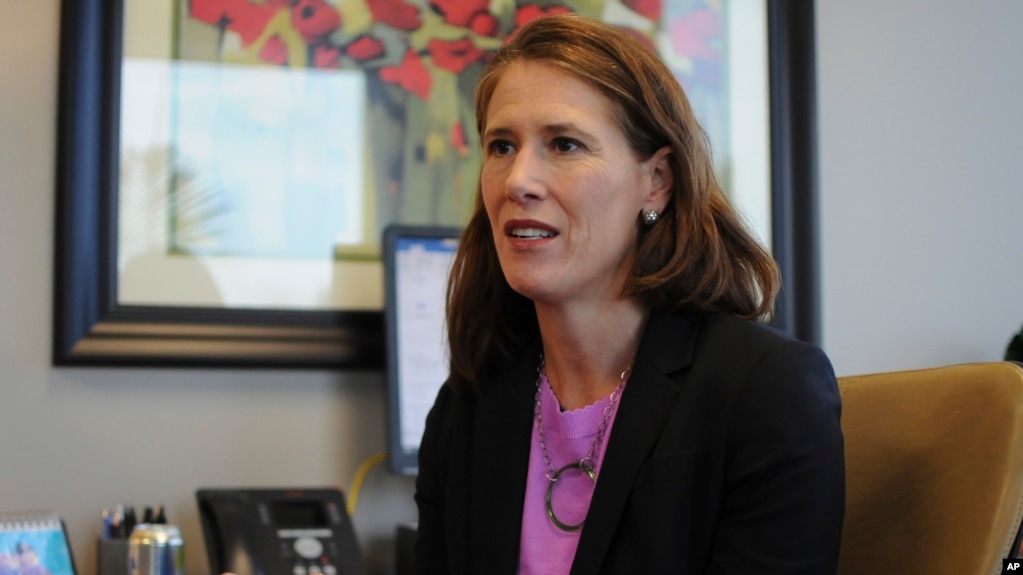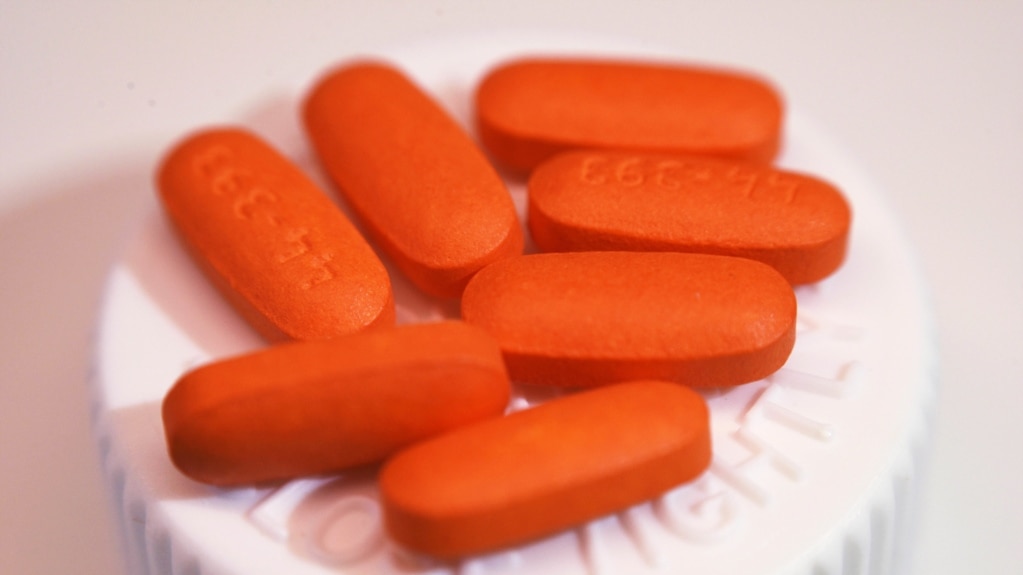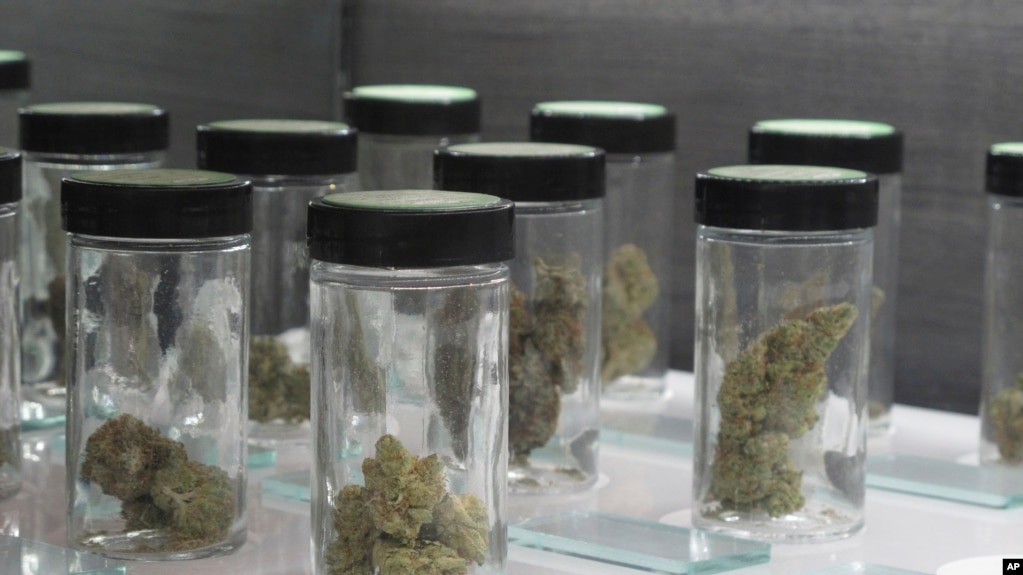DGS49
Diamond Member
So he declared that it is a problem that the Fed's must react to.
Leftists immediately whined that without MONEY, his declaration is meaningless.
The Federal Government has more than TWO MILLION civilian employees. State and local government have many more than that, in total.
As a taxpayer to at least four levels of government, do I not have a right to presume that given such an "emergency" some of these millions and millions of government workers could be diverted to address it, WITHOUT HAVING TO HIRE MORE OF THEM at this time? Especially when one considers that every new government employee comes with an invoice for millions of dollars on his or her back (considering 35 years of employment, another 20 years of retirement at near full pay, and 55 total years of "free" healthcare, etc).
The reflex reaction of Leftists that any new crisis, need, or situation requires YET ANOTHER expansion of Government is an abomination.
Leftists immediately whined that without MONEY, his declaration is meaningless.
The Federal Government has more than TWO MILLION civilian employees. State and local government have many more than that, in total.
As a taxpayer to at least four levels of government, do I not have a right to presume that given such an "emergency" some of these millions and millions of government workers could be diverted to address it, WITHOUT HAVING TO HIRE MORE OF THEM at this time? Especially when one considers that every new government employee comes with an invoice for millions of dollars on his or her back (considering 35 years of employment, another 20 years of retirement at near full pay, and 55 total years of "free" healthcare, etc).
The reflex reaction of Leftists that any new crisis, need, or situation requires YET ANOTHER expansion of Government is an abomination.









